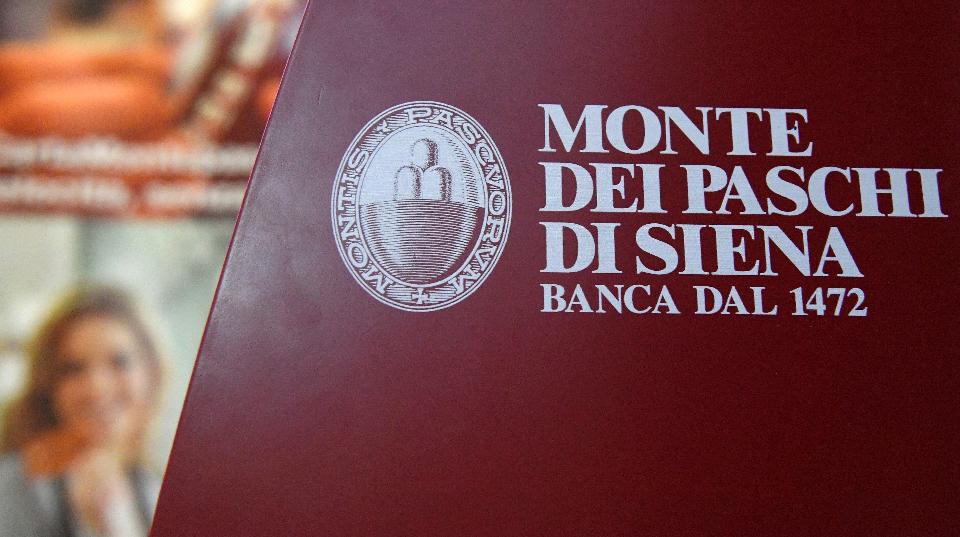This time it is the turn of an Italian bank. Monte dei Paschi di Siena, the centuries-old bank that is drowning under a growing pile of distressed loans. Since the private sector has now refused to cough up enough capital to close the shortfall identified in this year’s stress tests, it is to be provided with €8.8 billion ($9.26 billion) of new equity capital, most of it by Italian taxpayers.
Not that MPS is insolvent. The adverse 2018 scenario in the stress tests reduced its core Tier 1 equity to negative 2.23%. That is, of course, insolvency. But it’s just a scenario. Officially, it meets its CET1 and baseline solvency requirements, Forbes reported.
It must be, because otherwise the planned bail-out would be impossible. MPS is to receive a “precautionary recapitalization”. As the European Central Bank helpfully explains, the whole point of this is to avoid putting a solvent bank into resolution.
A precautionary recapitalization describes the injection of own funds into a solvent bank by the state when this is necessary to remedy a serious disturbance in the economy of a member state and preserve financial stability. It is an exceptional measure that is conditional on final approval under the European Union state aid framework. It does not trigger the resolution of the bank.
Now, you may well ask why, if MPS is basically solvent even though it is at risk in a stressed scenario, the private sector wouldn’t provide the necessary funds. Ostensibly, the reason is the outcome of the Italian referendum.
Raised political risk after the resignation of (prime minister) Matteo Renzi is apparently sufficient to explain why private sector investors would not contribute €5 billion to recapitalize a bank with a market cap of €442 million.
All that was needed to justify a precautionary recapitalization was a “serious disturbance” in the Italian economy. The Italian referendum was good enough. MPS is to be rescued. Or, more correctly, its depositors and senior bondholders are to be rescued, together with a fair proportion of its junior bondholders.
Politically, this is a huge relief. Putting MPS into resolution under the European Bank Resolution and Recovery Directive would have meant bailing in 8% of total liabilities before involving taxpayer funds.
According to Silvia Merler of Bruegel, this would have meant bailing in all or nearly all of MPS’s junior debt, almost 65% of which was sold to retail investors—small savers for whom this represents part of their life savings. In a precautionary recapitalization, junior debt would still have to be bailed in, but there is potentially a way of protecting small savers.


